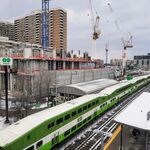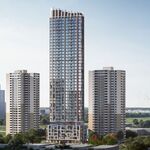It's going to be hard to address everything as I know you guys are all well informed, so people are going to find several minor issues they disagree with on the site.

First, regarding how far to take the subway... admittedly, it's a judgment call. The further it goes, the more expensive it gets, and I don't think subways should be providing regional service in the first place. Seneca is an interesting consideration, especially because there is some good density around Finch and Don Mills, but it would seem that the fastest way would still be the DRL or Sheppard and not Yonge anyway, so I'm not sure how much diversion would take place. If I had time to redo all this, I may have put more consideration into Don Mills & Finch, but I don't believe going west from the airport to Hurontario makes sense for a local subway.




